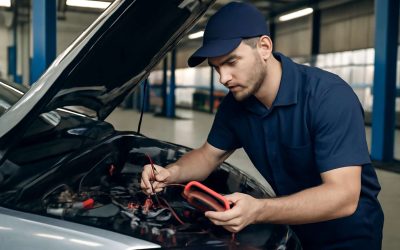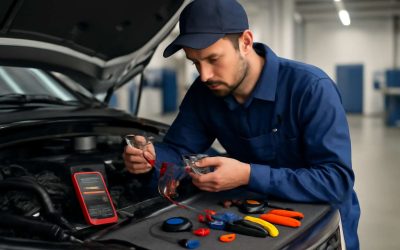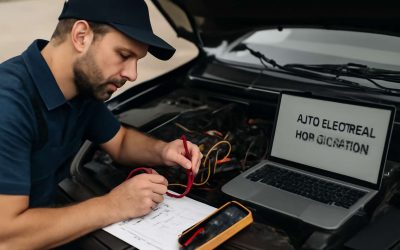The automotive electrical system is one of the most important parts of a car. It’s used to power everything from lights and music to safety features and a car’s engine. It’s also essential to a vehicle’s overall performance and reliability. Like other components of a car, it needs regular maintenance and repairs to ensure that it works properly. In this article, we’ll explore three auto electrical parts that are vital to a vehicle’s operation: batteries, alternators, and magneto ignitions. We’ll also discuss how to spot and troubleshoot electrical problems in your automobile.
Batteries are the heart of the vehicle’s electrical system, supplying constant DC current to all of the automobile’s electric devices. The battery also powers the alternator, allowing it to recharge and produce electricity for running all of a vehicle’s systems. The battery’s most notable feature is that it’s capable of providing a charge for multiple electrical devices without having to be connected to an outlet. As such, it is a very important component of a vehicle and is often the first place that electrical issues occur.
An alternator is responsible for producing electricity to power a car’s internal systems, including the radio, lights, and power windows. It is a highly complex piece of machinery that can be difficult to diagnose and repair.
The voltage regulator is a key component that manages the power output from an automobile’s alternator. It helps to keep the voltage between 13.5 and 14.5 volts to avoid circuit overloads that could damage connected electrical components. It’s also responsible for preventing the voltage from exceeding 14.5 volts, which is dangerous to drive and can cause fires in some cases.
Electrical wiring is the arteries of a vehicle’s electrical system, carrying the electricity from one component to another. It varies in thickness depending on the amount of current that it’s expected to carry, with thicker wires used for more powerful components like the starter motor and thinner wires used for less demanding components such as the headlights. All electrical wiring in a vehicle must be protected by fuses, which are designed to blow when too much current is being drawn. When a fuse is blown, it should be replaced as soon as possible to prevent an electrical short circuit that could put people in danger.
Although many people have the capability to perform some basic automotive electrical repairs, it’s best to leave these types of tasks to a professional who has the training and experience to do them correctly. Failing to do so could lead to a faulty system that will cost more money and time to repair than it should have. A professional can also spot signs of a failing electrical system and troubleshoot it quickly, saving you money in the long run.



0 Comments